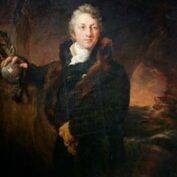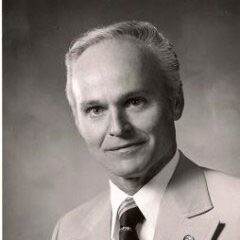Role: Author and Inventor

Captain George William Manby FRS (28 November 1765 – 18 November 1854) was an English author and inventor. He designed an apparatus for saving life from shipwrecks and also the first modern form of fire extinguisher.
In 1813 Manby invented and patented the “Extincteur”, the first portable pressurised fire extinguisher and what we know as an extinguisher today. The first fire extinguisher, of a sort, was patented in 1723 by Ambrose Godfrey from England. His idea was more of a ‘sledge hammer’ approach. It consisted of a cask of fire-extinguishing liquid containing a pewter chamber of gunpowder. This was connected with a system of fuses which were ignited, exploding the gunpowder and scattering the solution. The idea of the device was to a limit the extent of the fire. Manby also designed an apparatus for saving life from shipwreck. On 18 February 1807, as a helpless onlooker, he witnessed a Naval ship, HMS Snipe run aground 60 yards off Great Yarmouth during a storm, with (according to some accounts) a total of 214 people drowned, including French prisoners of war, women and children. Following this tragedy, Manby experimented with mortars, and so invented the Manby Mortar, later developed into the breeches buoy, that fired a thin rope from shore into the rigging of a ship in distress. A strong rope, attached to the thin one, could be pulled aboard the ship. His successful invention followed an experiment as a youth in 1783, when he shot a mortar carrying a line over Downham church. His invention was officially adopted in 1814, and a series of mortar stations were established around the coast. It was estimated that by the time of his death nearly 1000 persons had been rescued from stranded ships by means of his apparatus.





